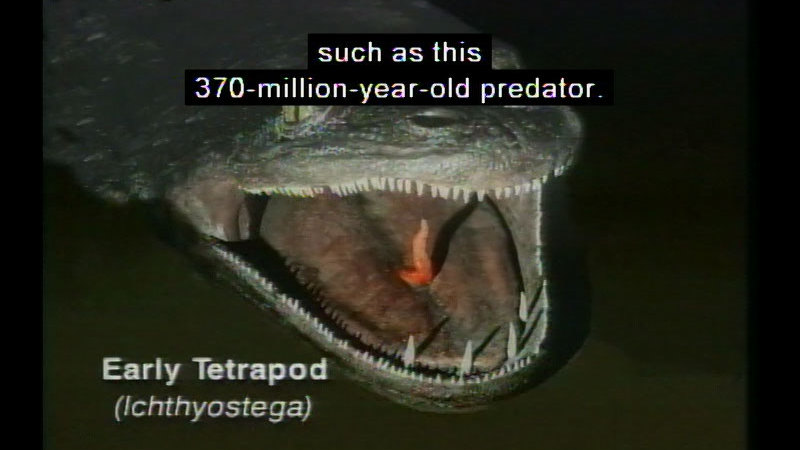The Biology Of Chordates

Part of the "Branches on the Tree of Life" series. The phylum Chordata includes tunicates, sea lancelets, hagfish, and all familiar vertebrate animals. Explores how these seemingly diverse animals evolved and how the group is unified by four characteristic structures: a hollow dorsal nerve chord, a supportive notochord, gill slits, and a post-anal tail. Key milestones in vertebrate evolution include improvements in swimming and feeding, the evolution of paired fins and a primitive lung, movement onto the land, and the emergence of the amniotic egg.
(Source: DCMP)
Metadata
- Subject:
- Life Sciences - Science
- Keywords:
- animals, biology, chordata, ecology, evolution, fish, hagfish, marine biology, marine life, phylum, sea lancets, vertebrates
Files 1
-
The Biology Of Chordates

- Type:
- Video
- Format:
- Streaming
- Accommodations:
- English Captions - Auditory, English Audio Descriptions - Visual
- Languages:
- English
- License:
- DCMP Membership
- Author:
- Biomedia Associates
- Length:
- 21 minutes
